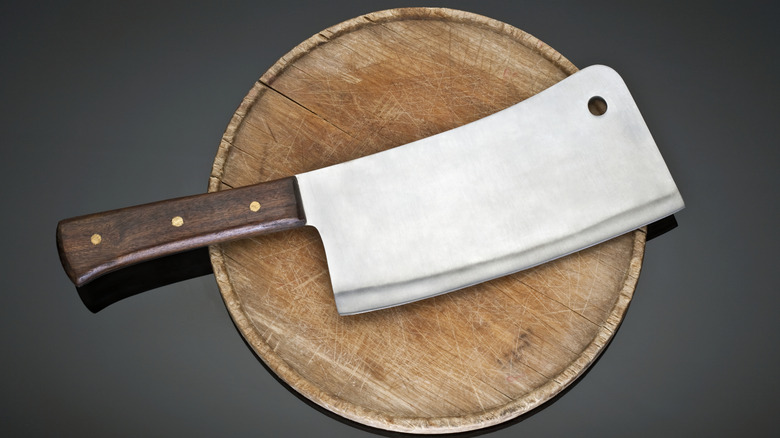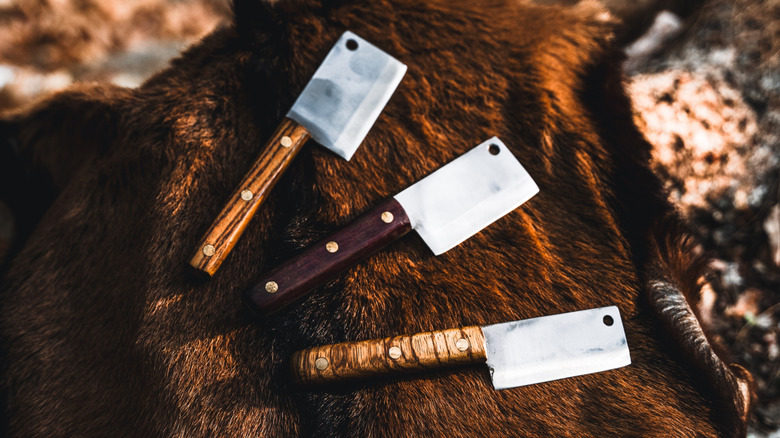What Is A Cleaver Actually Good For In The Average Kitchen
The meat cleaver is good for many things in the kitchen. A good one can easily become your go-to knife for chopping, slicing, crushing, chopping, and more. Many veteran cooks use the cleaver as their all-purpose knife in the kitchen. Despite its common name being a meat cleaver, this knife is one of the most versatile tools for home cooks.
The cleaver is a big knife with a menacing image due to its use in gory slasher movies. It looks intimidating: a large meat blade that's bigger than any knife in the kitchen. Cleavers have a long handle and can be quite heavy, but that weight is handy when breaking down a chicken or when you need to quickly chop a pile of veggies. Its also very handy for crushing aromatics, especially tough roots like ginger. After all that chopping and crushing, use the wide cleaver blade to transfer the ingredients to a simmering pot with minimal mess.
When choosing a good cleaver for the first time, it's good to hold it. See if you can swing it without much stress on your hand and wrist. Some cleavers are heavy and huge, too big for a cook with small wrists or those with past wrist injuries. Oversized cleavers are also hard for first-timers to control. Start with a medium or even a small cleaver, especially if you don't plan to break down a chicken any time soon.
Picking the right cleaver is very important
Another consideration regarding getting a cleaver for your kitchen is maintaining it. A good, well-maintained cleaver will serve your kitchen for a long time. Wash it in warm, soapy water after every use, then dry it completely before storing it. Store cleavers with the metal blade sheathed to protect it from damage. Regular sharpening is important as well. It keeps the blade at its best while also cutting down the risk of accidents that can happen with dull blades. Make sure you purchase a cleaver that is easy to clean and sharpen and has a handle made to last.
Some knives with wooden handles and metal attachments can weaken with age, especially on cheaper knives. The wooden handle is also less hygienic because wood is porous and can collect food and absorb moisture, leading to pathogen growth over time. Wooden handle knives like cleavers may require additional sterilization and oiling to ensure long-term use. But rest assured, the cleaver will become your go-to knife for the kitchen, so you ought to choose one that's easy to handle and maintain.

